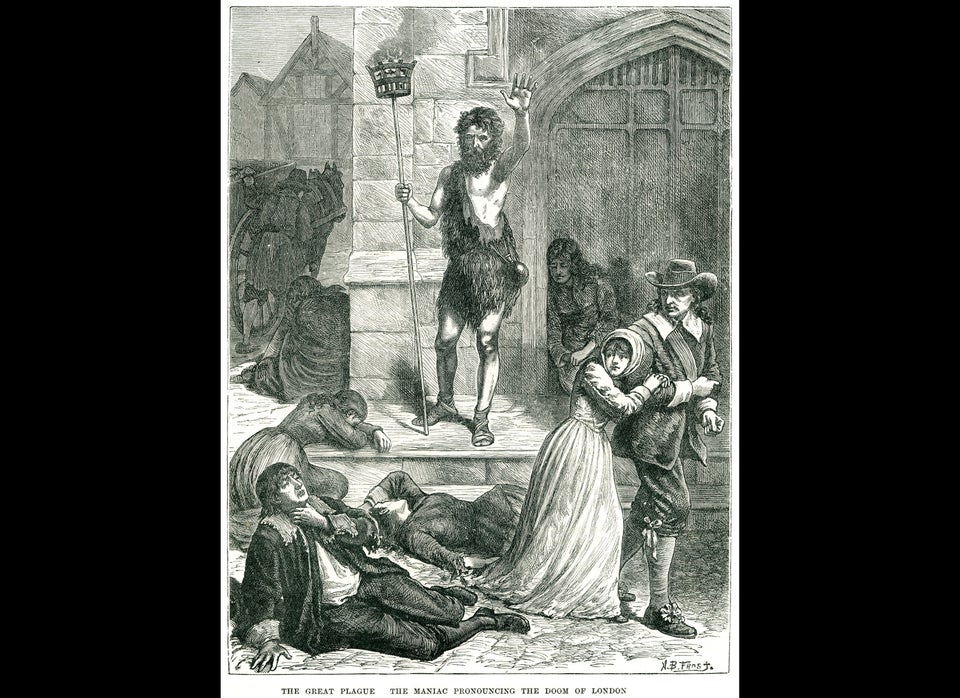
* WHO says many TB cases in marginalised groups are missed
* Contagious disease spreads easily but is hard to treat
* Care, treatment for drug resistant TB under-resourced
* $7 to $8 bln a year needed to get TB under control by 2015 (Adds quotes, details of drug pipeline)
By Kate Kelland
LONDON, Oct 23 (Reuters) - The number of people infected with tuberculosis (TB) or dying from it fell in 2012, but global progress on controlling the contagious lung disease is at risk from growing drug resistance.
In its annual TB report, the Geneva-based World Health Organisation (WHO) said the world is on track to meet U.N. goals for 2015 of reversing TB incidence and cutting the death rate by 50 percent compared to 1990.
Yet around 3 million people with TB are being missed by health systems, and "superbug" drug-resistant strains of the bacterial infection are putting progress at risk.
"Far too many people are still missing out on care and are suffering as a result," Mario Raviglione, the WHO's director of the Global TB Programme, told reporters in London.
"And still the death toll from TB - a disease that is preventable and curable - is far too high," he said.
TB is often seen as a disease of the past, but the emergence over the past decade of strains that cannot be treated with existing drugs has turned it into one of the world's most pressing health problems.
Of all infectious diseases, only the human immunodeficiency virus (HIV) that causes AIDS kills more people than TB.
In 2012, an estimated 8.6 million people developed TB and 1.3 million died from the disease, including 320,000 deaths among HIV-positive people, according to Wednesday's WHO report, down from 8.7 million cases and 1.4 million deaths in 2011.
The WHO says $7-8 billion a year is needed for a full response to the global TB epidemic by 2015, and there is a funding shortfall of some $2 billion a year.
Raviglione said insufficient resources for TB were the biggest hurdle to further progress, but welcomed advances in the development of rapid diagnostic tools that allow patients to be quickly tested for drug-resistant TB strains.
He also praised success in the development of potential drugs and vaccines to combat TB, noting that 10 new or re-purposed anti-TB drugs are now in clinical trials.
WEAK LINKS
Still, on the frontline in poorer countries, many TB programmes lack the capacity to find and care for people in hard-to-reach groups - such as the homeless and marginalised, who often live outside any formal or state health system.
Weak links in what health experts call the "TB chain" -connecting proper detection and diagnoses to quality treatment and care - lead to people in these groups being missed.
The WHO estimates that 75 percent of the 3 million missed TB cases are in just 12 countries, with South Africa, Bangladesh, India and Pakistan among them.
On the issue of multi-drug resistant TB (MDR-TB), the WHO report said the problem was not only that the links in the chain were weak, but that links were not even there.
The U.N. health agency estimates that 450,000 people fell ill with MDR-TB in 2012 alone, with China, India and Russia worst affected, followed by another 24 other countries.
More worrying, about 16,000 MDR-TB cases reported to WHO in 2012 were not treated, with long waiting lists a growing problem. Raviglione said it was unacceptable that increased diagnosis rates were not matched by more access to MDR-TB care.
"We have patients diagnosed but not enough drug supplies or trained people to treat them," he said.
Grania Brigden, a TB adviser for the international medical charity Medecins Sans Frontieres, said the failure to improve rates of diagnosis and treatment for drug-resistant TB costs lives.
"The horrific scale of preventable suffering and death caused by the spiralling drug-resistant TB crisis must spur governments, donors and WHO to mobilise the political will and secure the funding ... to tackle this deadly epidemic head-on," she said.
The WHO's report is based on data from 197 countries and territories that together have more than 99 percent of the world's TB cases. (Editing by Alistair Lyon)

